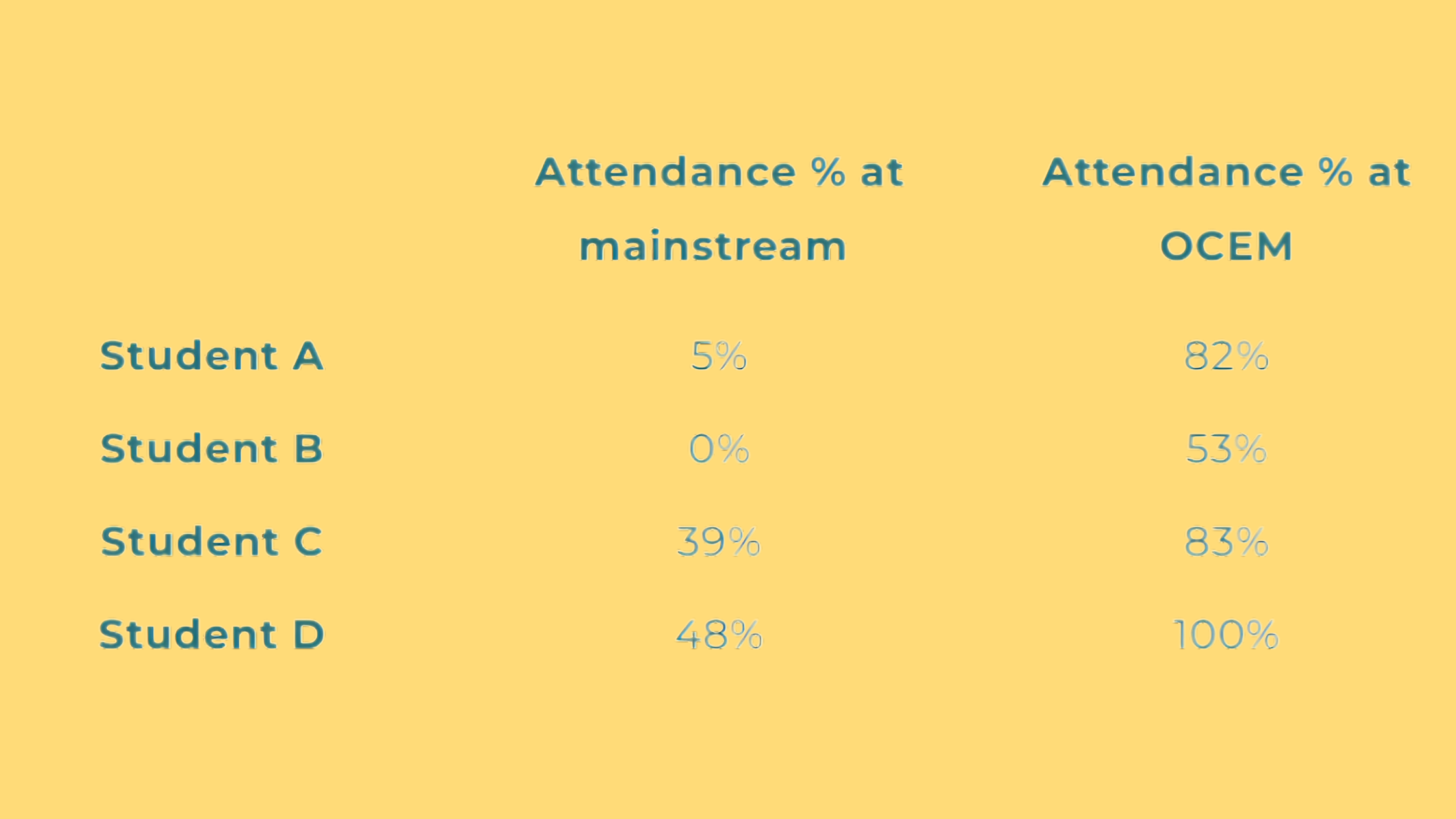Identifying SEMH needs early with the Boxall Framework
Over 350,000 children in England have SEMH needs.
Despite its prevalence, SEMH support is often a reactive measure. By age 19, just 30% of SEND students achieve five GCSEs at grade 4 or above (down from 37% in 2014/15).
Identifying SEMH needs early can greatly lessen the likelihood of exclusion and increase the chances of getting a good education.
The Boxall Framework is a great place to start.
Using the Boxall Framework for early SEMH identification
The Boxall Framework helps us unpick what a child’s behaviour is trying to communicate.
The profile is completed term by term, revealing their barriers to learning, such as social, emotional or mental health issues. It allows us to spot things such as overwhelm and an inability to decode lessons. Identifying these barriers early means we can set clear targets, create personalised support strategies and monitor improvements over time.
This framework isn’t confined to the classroom. Our tutors use it flexibly in schools, learning centres and home settings, wherever the child has the capacity to be. We encourage a collaborative approach with this framework, involving tutors, their managers and even family input. This ensures the framework is as nuanced as possible and becomes a catalyst for lasting progress.
So, what comes next?
How OCEM supports beyond the Boxall Framework
There’s no one-size-fits-all answer. Some children need a few months of support. Others might require a longer OCEM journey. Flexibility is key.
The Boxall Framework gives us the evidence and understanding to design tailored support. Whether that’s 1:1 tutoring, group tuition, or even laying foundations through our holiday respite programme. Once we’ve identified whether a child’s difficulties stem from developmental needs, trauma or (more often) a blend of both, we can put the right plan in place.
OCEM's goal is always the same. To nurture and transform children, keep them in education and work towards a future that rewrites the statistics for SEMH pupils. They exceed expectations. Our results show exactly that.
Omar’s story
Omar has always enjoyed school, but in Year 8, he started to regress in maths and science. He struggled to absorb quantitative information and started having disruptive outbursts and leaving lessons in anger.
Over time, the Boxall Framework revealed that Omar’s withdrawals and outbursts were reflecting his home life. Having split up with Omar’s dad, his mum was under financial pressure and spread thin caring for him and his siblings. They moved into a smaller house, and his routines were disrupted.
The assessment highlighted traits of ADHD that had gone undiagnosed. His difficulties were more about stability and having his needs met than ability.
The Boxall Framework flagged a need for an ADHD diagnosis. From there, we designed a plan of action. Omar spent two hours a week with one of our tutors in school. With our support, he developed self-regulating strategies, his focus improved and he began to enjoy maths and science.
Omar’s journey shows what can happen when SEMH needs are identified early and addressed with the right support.
Get support from OCEM
Our staff can come into school to observe lessons and complete Boxall Profiles for you. It's collaborative the whole way.
All tutors and students are supported with OCEM. No journey is the same, but they’re all transformative.
Get in touch. We’re here to help.


